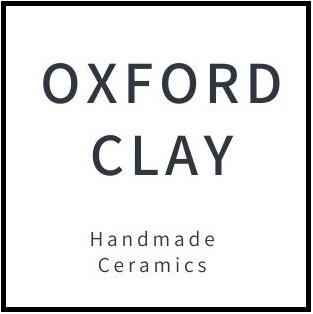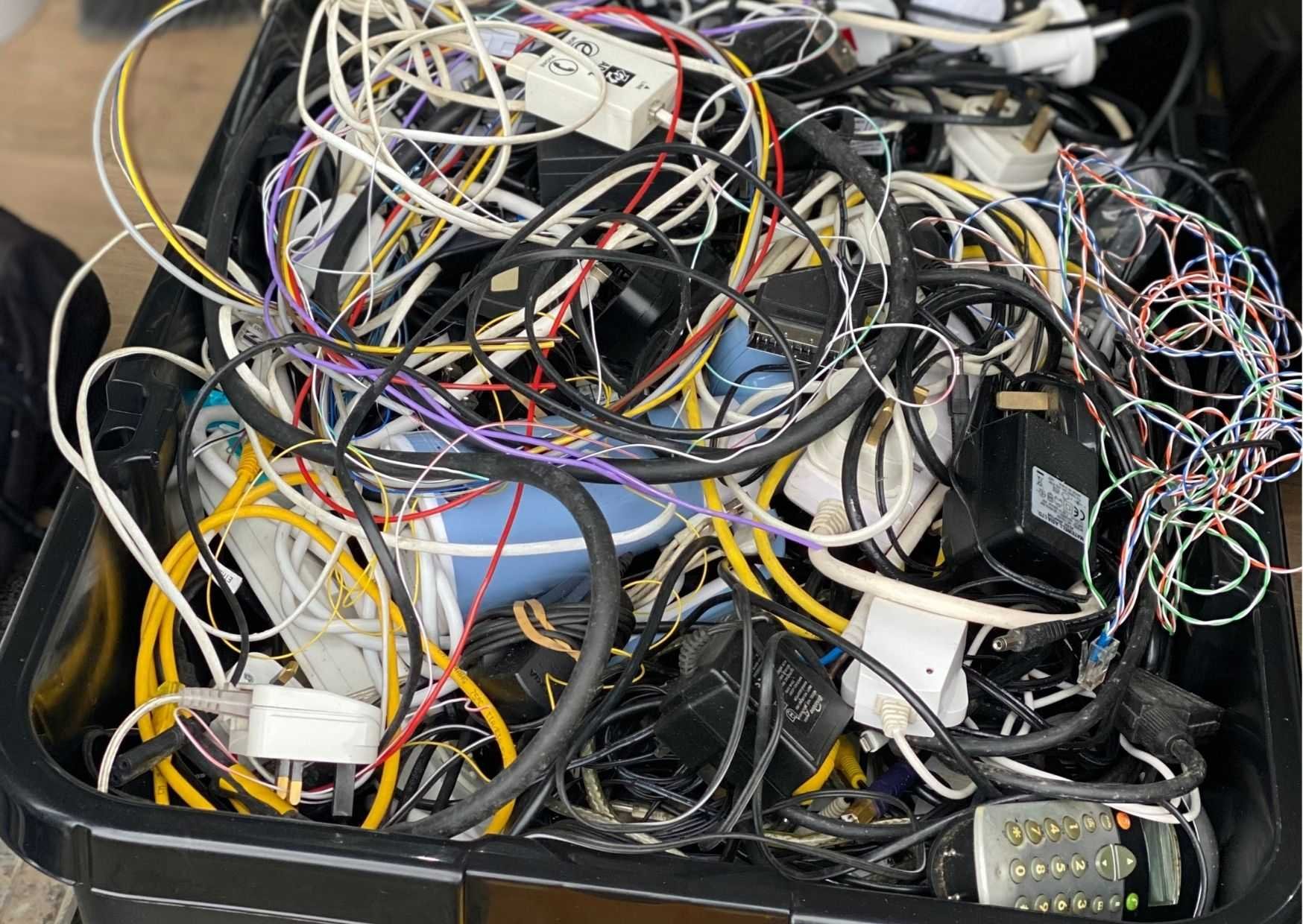Recycling Electrical Waste into Pottery Colour
How potters can move towards more environmentally conscious pottery colourants by making their own from recycled metal!
Adding metal oxides to clay and glaze are the main ways in which pottery is coloured. However, many oxides take a lot of energy to extract from the earth and process. Many are also toxic and harmful to the people mining them. Some colourants such as copper and cobalt oxide have been associated with human rights abuses, child labour and significant levels of environmental pollution (1).
However, it is possible for potters to turn some metals already in the supply chain, such as iron and copper, back into an oxide that they can use to colour their pottery.
The life span of electronic goods is getting shorter the number of defective appliances replaced within five years increased from 3.5% in 2004 to 8.3% in 2013. Electronic waste has become one of the largest and most toxic waste streams in the world (2).
Potters can help with this problem, by turning the copper in electrical waste into a green pottery colourant called Verdigris, a form of copper oxide.
How to recycle the copper in electrical waste into Verdrigris to colour pottery
1.) Buying electrical waste from local charity shops
First, I buy electrical waste from local charity shops and transport it back to the pottery studio on foot. This waste mainly consists of small appliances that have failed their PAT test (Portable Appliance Test) so cannot be sold to customers, and old electrical cables surplus to requirements. We pay more to the charity shops for this waste than they get from scrap metal merchants.
Some of the electrical waste purchased from charity shops
2. Stripping the wire to collect the copper
I then strip the cables by hand to collect the copper inside. The copper is collected together in a bundle.
3. Making the Verdigris pigment (Copper Carbonate)
The copper is sprayed with vegan-certified vinegar to encourage oxidization. After Verdigris has formed, the pigment is scraped off by hand and collected. The Verdigris pigment is then mixed with water and painted onto pottery just before the glaze firing, where it is heated to 1260oc. During the firing, the Verdigris mixes with the flux in the recycled wood ash glaze to form a shiny light green colour.
Copper wire recycled from old electrical goods oxidising in a dish. The blue green pigment produced is called Verdigris.
Learn how to make your own copper and iron oxides from recycled metal in this video mini-course with a PDF workbook.
References
Amnesty International, 2016. Democratic Republic of Congo: “This is what we die for”: Human rights abuses in the Democratic Republic of the Congo power the global trade in cobalt.
Conway-Wood, S., 2022. Buy better, consume less: create real environmental change, London.




Did you know that you can make your own metal oxide powders from scrap metal?! Yes that’s right, create colour for your pottery from recycled metal! This mini-course will show you how.
Learn how to make your own Iron Oxide and Copper Oxide to colour your pottery brown (Iron) and green (Copper). This course will show you the easy step-by-step process to turning scrap metal into pottery colourants using basic household ingredients and no specialist equipment.
By the end of this course you will know:
The five eco-conscious reasons to make your own mental oxides rather than buying them commercially.
How to turn scrap iron and copper into oxide powder to colour your pottery.
How to use oxides to add colour to your pottery.
How to work safely with oxides in pottery.
Included in the course is:
A 15 page PDF course workbook containing everything you need to know to make your own metal oxides to colour your pottery.
Three course tutorial videos:
Video 1: Introduction & Safety
Video 2: Iron Oxide - how to make and use it
Video 3: Copper Oxide - how to make and use it
If you’ve never thought you could make your own metal oxides to colour your pottery, this course is for you!
Watch a video about the course here.
The course videos are accessed via three links or QR codes in in the PDF course workbook. The course workbook will be available to download on purchase.